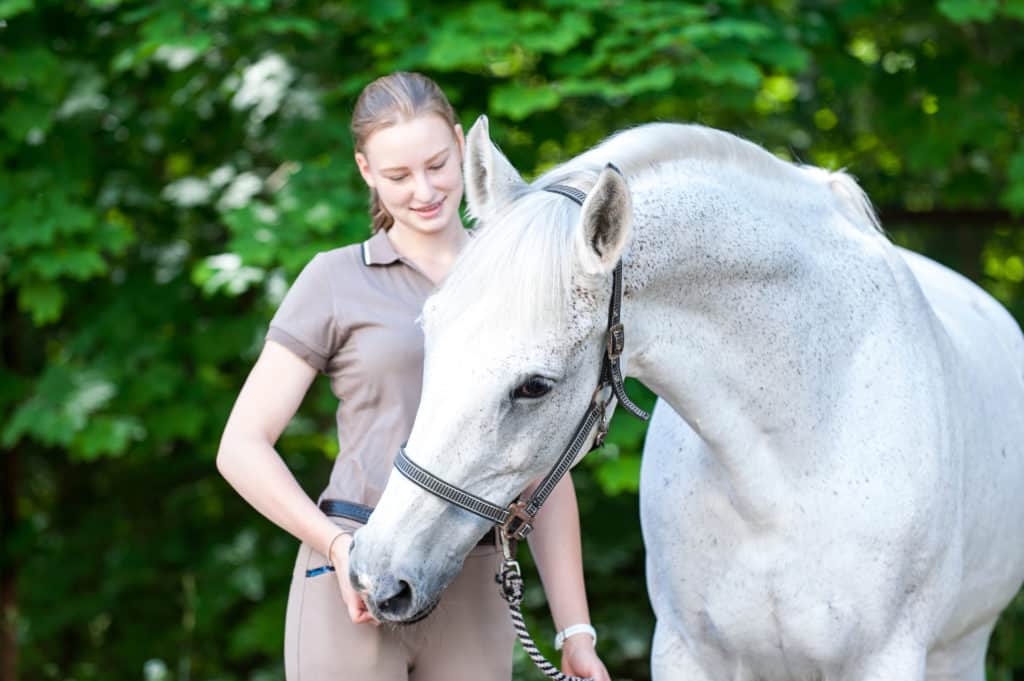
Do Children See Signs of Poor Equine Health, Welfare?
Researchers found that young people recognized signs of poor horse welfare in common training practices as well as adult experts did.

Researchers found that young people recognized signs of poor horse welfare in common training practices as well as adult experts did.

Vets should perform a careful assessment of a mare’s hormonal status to determine whether there’s a definitive, repeatable relationship between it and her undesirable behavior.

The “alpha” concept of showing dominance when training a horse doesn’t coincide with what equitation science research is revealing, scientists say.

A look at racing ethics could help researchers and industry members acknowledge rightful concerns from a well-meaning public, help resolve misconceptions, and contribute to better equine welfare.

Applying learning theory principles in equine veterinary practice can improve safety and horse welfare, as well as client satisfaction. Here’s what to know.

The domains focus on horses’ nutrition, environment, health, behavior, and mental experiences.

Here’s how vets can carry out five common mildly aversive procedures using learning science and behavior modification techniques.

Researchers recently determined that horses appear more bothered by social isolation than mild pain.

Do you want to learn how to better communicate with your horse? Check out these 10 research-based learning theory insights.

Full and half blinks decreased significantly during stressful situations, researchers found.

Researchers found that in Chile, the horses belonging to even the poorest individuals often led good and healthy lives.

Listen to audio features on equine learning, behavior, dentistry, metabolic syndrome, parasites, and more.

Larger paddocks led to fewer social interactions–both positive and negative–among horses, researchers found.

Understanding body language when working with equids can improve how we interact with and study them.

Rider biomechanics significantly impact horse biomechanics, affecting performance, musculoskeletal health, and welfare.

Understanding the biomechanics of cues from a rider’s legs, seat, and hands could improve horse welfare, scientists say.
Stay on top of the most recent Horse Health news with
"*" indicates required fields